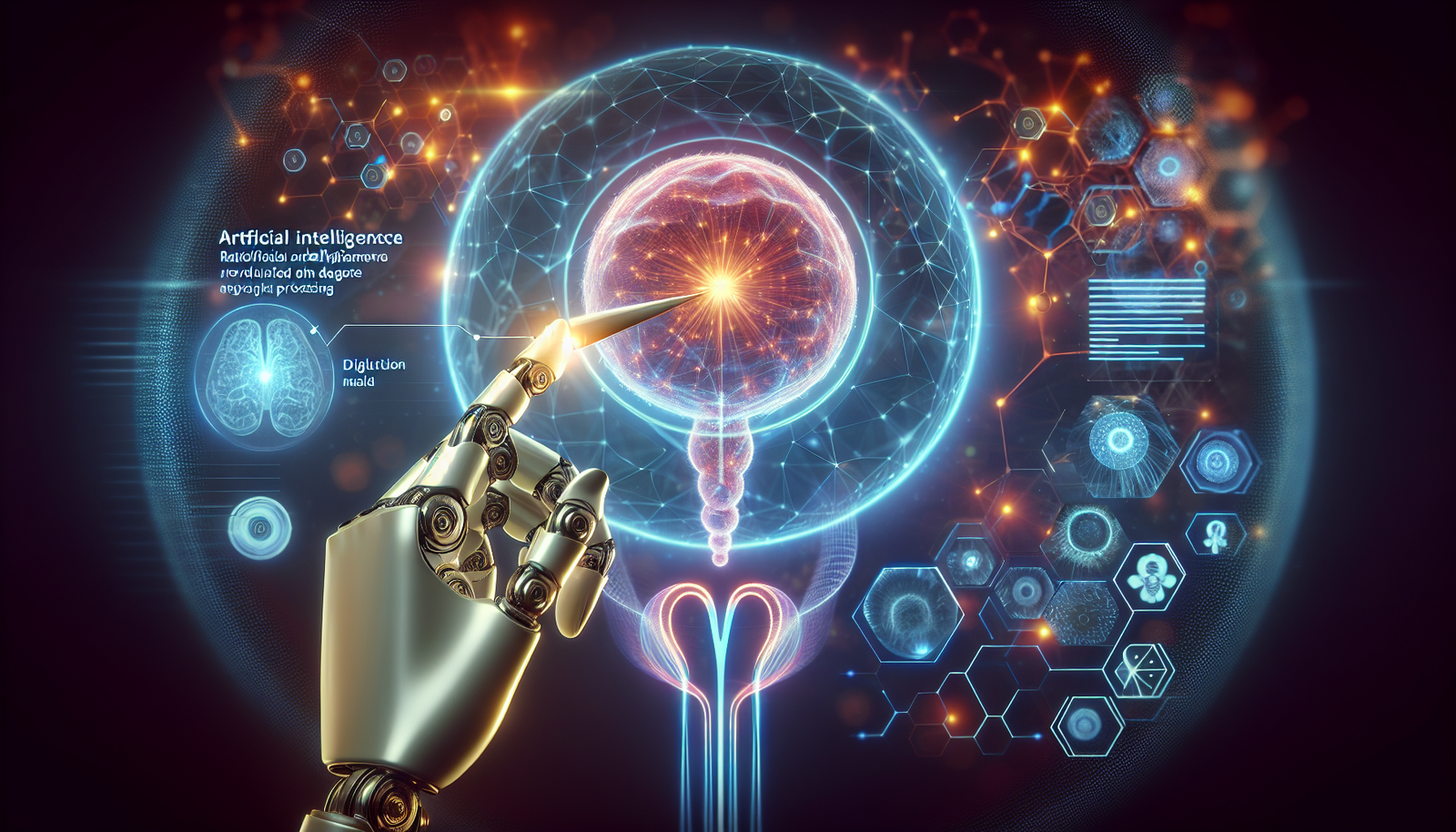The Future of Technology: Exploring AI Tools, Robotics, and Innovations
September 18, 2024 | by kspacesdesk@gmail.com
 Photo by Robo Wunderkind on Unsplash
Photo by Robo Wunderkind on Unsplash AI Tools: Revolutionizing the Digital Landscape
The rapid development of artificial intelligence (AI) tools has significantly influenced the digital landscape, enabling businesses to operate more efficiently and effectively. These tools, ranging from advanced analytics platforms to automation software, are being adopted across various industries, including healthcare, finance, and retail. Organizations harness AI technologies to enhance productivity, streamline operations, and make data-driven decisions that foster growth and innovation.
One prominent area of AI development is natural language processing (NLP), which allows machines to understand and interpret human language. Tools like OpenAI’s ChatGPT and Google’s BERT have transformed customer interactions. Businesses utilize NLP for chatbots and virtual assistants, enhancing customer service by providing responsive and accurate support. The ability to analyze sentiment in customer feedback also allows companies to tailor their offerings to better meet the needs of their clients.
Moreover, computer vision has emerged as a transformative AI tool, enabling machines to interpret and act upon visual data. This technology is particularly beneficial in industries such as manufacturing and logistics, where it is used for quality control through image recognition and automated inspection systems. For example, in the automotive sector, companies implement computer vision to ensure the accuracy of components, resulting in reduced error rates and enhanced efficiency.
Machine learning, another critical aspect of AI, has notable applications in predictive analysis and data management. Organizations leverage machine learning algorithms to process vast amounts of data, enabling insights that drive better strategic decisions. Case studies from various sectors illustrate the power of these tools; for instance, healthcare providers employing machine learning to predict patient outcomes and optimize treatment plans demonstrate innovation’s potential in improving overall healthcare services.
As these AI tools continue to evolve, they will undoubtedly reshape various industries, enhancing operational efficiency and empowering businesses to navigate the complexities of the modern digital landscape.
The Rise of Robotics: Transforming Industries and Daily Life
The advent of robotics has significantly revolutionized numerous industries and altered the fabric of daily life. As advancements in technology continue to progress, the integration of artificial intelligence (AI) into robotic systems has notably enhanced their capabilities, leading to increased efficiency and productivity across various sectors. This synergy between AI and robotics serves to optimize processes by enabling robots to make informed decisions and adapt to changing environments.
One of the most prominent examples of robotic automation can be found in the manufacturing sector. Robotics has streamlined production lines, allowing for higher output with reduced operational costs. Tasks once deemed monotonous or hazardous are now performed by robots, thereby improving workplace safety and freeing human workers to engage in more complex and creative roles. In addition, these technologies are not confined to the factory floor; they have found applications in logistics and supply chains, assisting with inventory management and delivery systems.
The healthcare industry also stands to benefit from the rise of robotics. Surgical robots are employed to perform delicate procedures with precision, minimizing recovery times and enhancing patient outcomes. Furthermore, robots are increasingly utilized in elder care, providing companionship and assistance with daily activities, thus improving the quality of life for aging populations. The deployment of robotic technologies in these delicate fields emphasizes their potential to solve complex problems while maintaining ethical considerations regarding privacy and reliance on automation.
However, the rise of robotics is not without challenges. As more tasks become automated, concerns over job displacement and workforce transformation are prevalent. It is crucial to address these societal implications proactively, ensuring that the benefits of robotic innovations are balanced against potential risks. Ultimately, while robots undoubtedly contribute positively to various sectors, preparing for a future that incorporates these technologies responsibly remains a priority.
RELATED POSTS
View all


